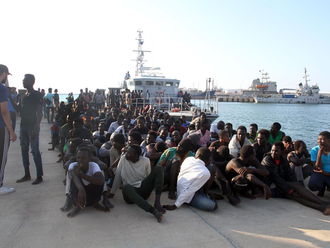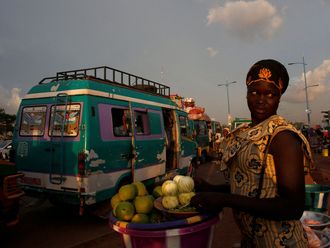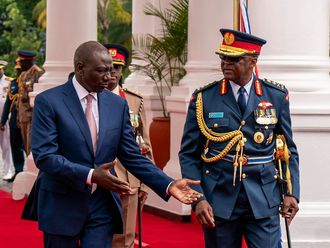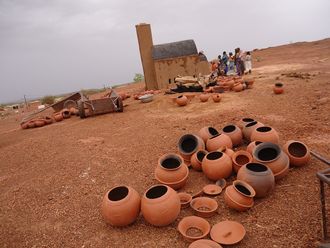
Dubai: Nelson Mandela’s real name, Rolihlahla, means “troublemaker” and he was certainly a rebel from a young age. He was expelled from Fort Hare University, where he was working towards a Bachelor of Arts degree, after he participated in a Student Representative Council boycott against the university’s policies. Soon after that, he ran away from his family to escape an arranged marriage, and ended up in Johannesburg.
Militancy
Mandela was greatly influenced by Mahatma Gandhi’s commitment to non-violent resistance and this formed the basis of much of the anti-apartheid movement’s approach. However, his arrest, along with 150 others, for treason in 1959 marked the beginning of the transition toward militant resistance, with the ANC being heavily influenced by more militant parties that demanded stronger action against the apartheid regime.
In 1961, Mandela co-founded and led the ANC’s armed wing and embarked on a sabotage campaign against symbols of the South African government, such as post offices and government offices. By this point, the ANC had been banned. Although these first attacks were conducted with the aim that no one should be hurt, later guerrilla activities in the 1980s resulted in civilian casualties. Because of this, Amnesty International refused to consider Mandela a political prisoner, although it did campaign against his prison conditions. Mandela, along with other ANC members, also required a special waiver from the US Secretary of State to visit the United States until 2008 because of their designation as terrorists.
Full house
Mandela has an extensive family. His father, Gadla Henry Mphakanyiswa, was a member of the Thembu king’s Privy Council, and had four wives and thirteen children. Mandela is the son of the third wife, Nosekeni Fanny.
Mandela has been married three times, first to Evelyn Ntoko Mase in 1944. Mase was a Jehovah’s Witness, a religion requiring political neutrality, and the two eventually divorced after 13 years. He has two sons and two daughters with her.
Mandela’s second wife, Winnie Madikizela-Mandela, was Johannesburg’s first black social worker, and the couple had two daughters. It was during this marriage that Mandela was sent to Robben Island, and meanwhile Winnie’s father was made the agriculture minister. Mandela and Winnie divorced in 1996.
On his 80th birthday in 1998, Mandela married Graça Machel, the widow of the former Mozambiqan president and ANC ally, who was killed in a plane crash in 1986.
In 2012 Mandela’s daughter from his second marriage, Zenani, became the first of his children to enter public life when she became the South African ambassador to Argentina. Her son, Cedza Dlamini, is an international advocate for human rights and aid.
Mandela’s grandson, Mandla Mandela, from Mandela’s first marriage, is the chief of the Mvezo Traditional Council. All together, Nelson Mandela has 17 grandchildren and 14 great-grandchildren.
Mandela’s mandate
Mandela’s presidency focused on righting much of the wrongs committed during the apartheid era, and he enacted a number of social reforms in healthcare, education and labour. Mandela instituted free health care for all children under the age of six, as well as pregnant and breastfeeding women. Spending on welfare increased annually for three consecutive years during his four-year term.
Mandela also equalised grants between South Africa’s racial groups, including childcare and disability grants. He has also worked to safeguard tenants and ensure that they could not be evicted without a court order, passing two laws to that effect in 1996 and 1998.
Aids activists have criticised Mandela for not focusing more on the epidemic during his presidency, and Mandela himself has admitted his shortcomings in this area. South Africa is believed to have more HIV and Aids patients than any other country in the world, and Mandela’s son, Makgatho, died of the disease in 2005.












